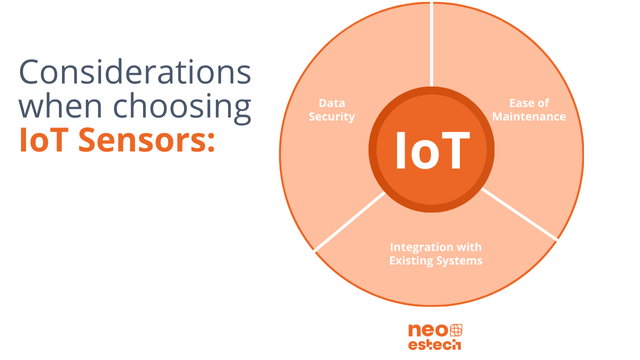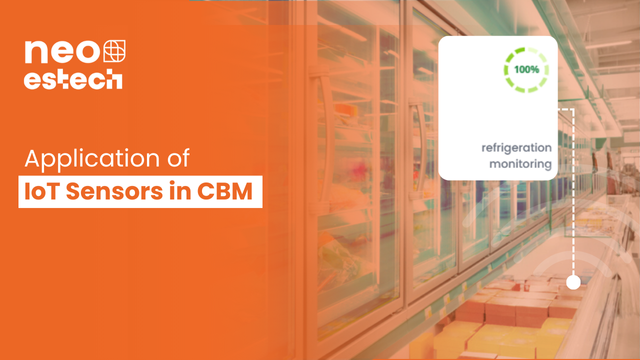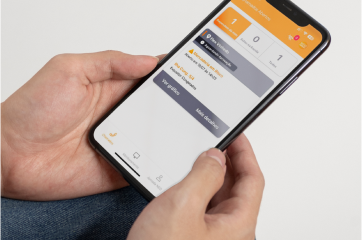The use of IoT (Internet of Things) sensors or automation in refrigeration, air conditioning, and energy control systems is the foundation for condition-based maintenance (CBM) in supermarkets. With the ability to collect, process, and transmit data in real-time, sensors improve automation and monitoring of critical systems, promoting greater energy efficiency and reducing operational costs.
IoT in System Automation and Monitoring
The integration of automation and IoT in CBM systems offers significant benefits:
- 1. Continuous Monitoring:
- IoT sensors capture variables such as temperature, pressure, and energy consumption in real-time, sending the data to centralized monitoring platforms.
- This allows maintenance teams to quickly identify anomalies and take proactive measures.
- Advanced Automation:
- Automation enables automatic adjustments in systems based on the received data. For example, compressors can adjust their workload to maintain optimal efficiency.
- Predictive Analysis:
- IoT sensors collect historical data that feeds artificial intelligence (AI) algorithms, allowing to predict failures before they occur.
Practical Examples of IoT Sensors in Supermarkets
- Temperature and Humidity Sensors:
- Ensure proper control in cold rooms and frozen islands, alerting for any deviation that may compromise product quality.
- Energy Sensors:
- Monitor the electrical consumption of compressors and lighting systems, helping to identify waste and optimize energy use.
- 3. Vibration Sensors:
- Detect wear on motors and compressors, allowing maintenance to be performed before catastrophic failures.
- IoT Gateways:
- Connect sensors to automation and cloud systems, integrating data from various devices for centralized analysis.
Care in Choosing IoT Sensors in Supermarkets
- Reliability in Critical Environments:
- Choose sensors designed to operate in challenging conditions, such as extreme temperatures or high humidity.
- Data Security:
- Ensure that IoT devices use secure protocols for data transmission, protecting sensitive information against unauthorized access.
- Integration with Existing Systems:
- Sensors must be compatible with existing automation and monitoring systems, ensuring a smooth transition.
- Total Cost of Ownership (TCO):
- Consider not only the initial cost, but also the maintenance and lifespan of the sensors when calculating the return on investment.
- Ease of Maintenance:
- Prefer devices that are easy to calibrate and replace, minimizing downtime.
- Data Communication:
- Evaluate the data transmission method from sensors to gateways and analysis platforms. Wired networks offer greater stability and security, being ideal for critical environments. Wireless networks, on the other hand, provide flexibility and ease of installation, but may be more susceptible to interference. Consider the operating environment and the density of IoT devices when deciding between wired and wireless.

Conclusion
The application of IoT sensors and automation in CBM transforms how supermarkets manage their refrigeration and air conditioning systems. With continuous monitoring, advanced automation, and predictive analysis, it is possible to improve operational efficiency, reduce costs, and increase equipment reliability.
Ready to implement sensors in your supermarket? Discover how NEO Estech can optimize your operations and generate sustainable results!


